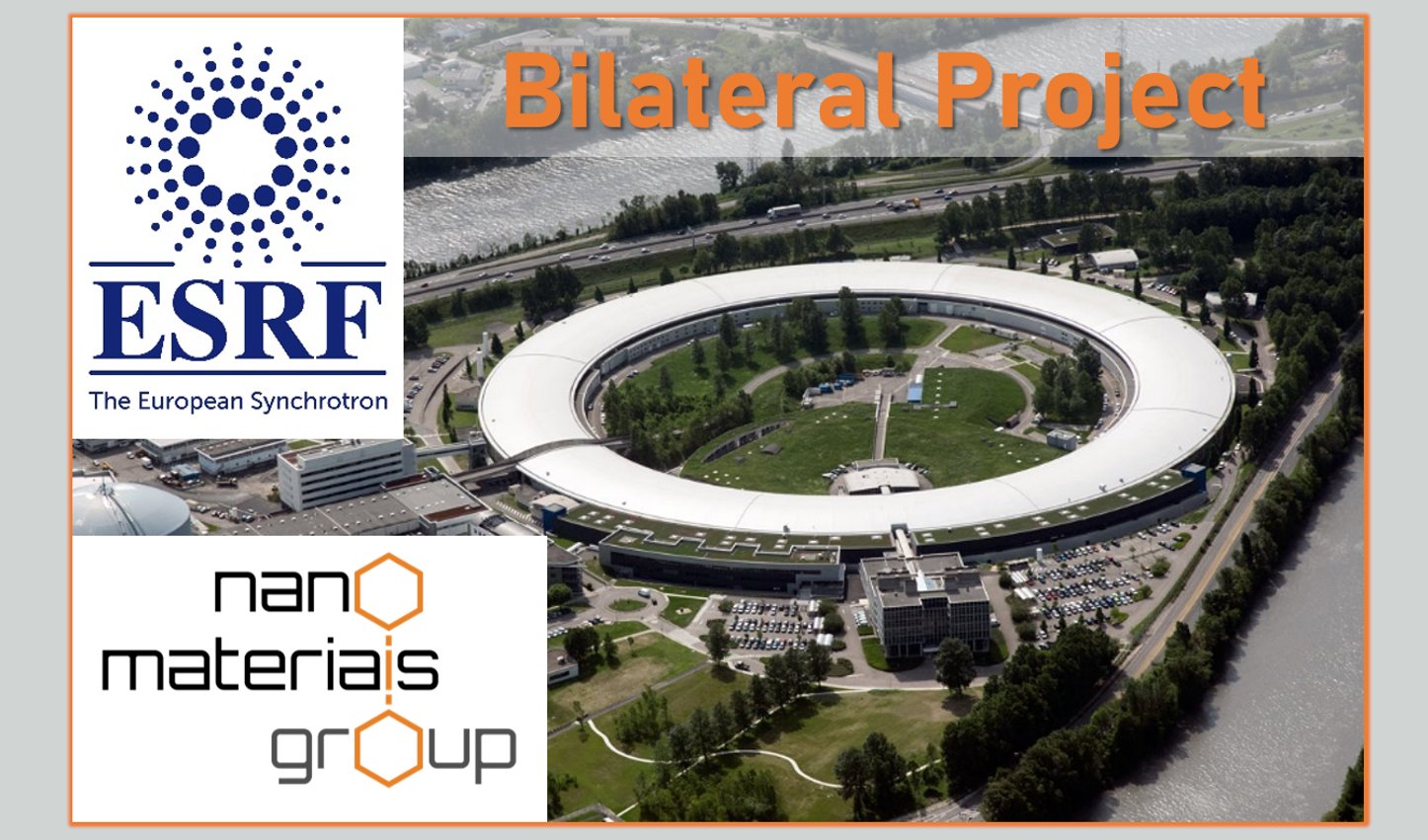
Student: Nedumkulam Hridya
Supervisor: RNDr. Peter Kúš, Ph.D.
Status: Assigned
Abstract:
Proton exchange membrane water electrolyzer (PEM-WE) is an electrochemical cell which converts electrical energy to chemical energy by means of the endergonic reaction 2H2O + electrical energy -> O2 + 2H2. The conversion of electricity to another form of energy and its consequent storage is a very important topic in context of utilization of the renewable but intermittent energy sources (e.g. sun and wind).
Research in the field of PEM-WE focuses mainly on increasing the reaction kinetics and long-term stability of the catalysts of the individual reactions. In addition, a great effort is dedicated to the decreasing of the price of catalysts as the most stable and efficient ones are based on noble metals such as platinum and iridium. Possible way of how to decrease iridium loading is to form an alloy with ruthenium which is not only far more abundant but also enhances the catalytic activity. However, the addition of Ru tends to compromise the stability of such bimetallic catalyst in comparison to pure Ir.
The objective of this dissertation thesis is to build on the prospective results of the Nanomaterials Group, predominantly in the area of novel catalysts for the oxygen evolution reaction. Magnetron sputtered thin-film catalysts, typically with structure of Ir-Ru/porous sublayer will be studied with emphasis on the stability and activity dependence on morphology and defect density. Layers of various compositions and morphologies will be prepared with the ultimate goal of identifying the ideal structural parameters in terms of both durability and activity. Wide arsenal of analytical methods will be available, ranging from electrochemical testing through X-ray photoelectron spectroscopy to electron microscopy.
The specificity of this work is that it will be carried out in cooperation with the European Synchrotron Radiation Facility (ESRF) in Grenoble, where the PhD student will spend approximately half the time. As such, operando methods based on scattering and tomography of hard X-rays will also be to the disposal. Interoperation of mentioned techniques will help to correlate the physicochemical attributes of the bimetallic IrRu thin films and their evolution in time with the actual in-cell performance and operational durability.
